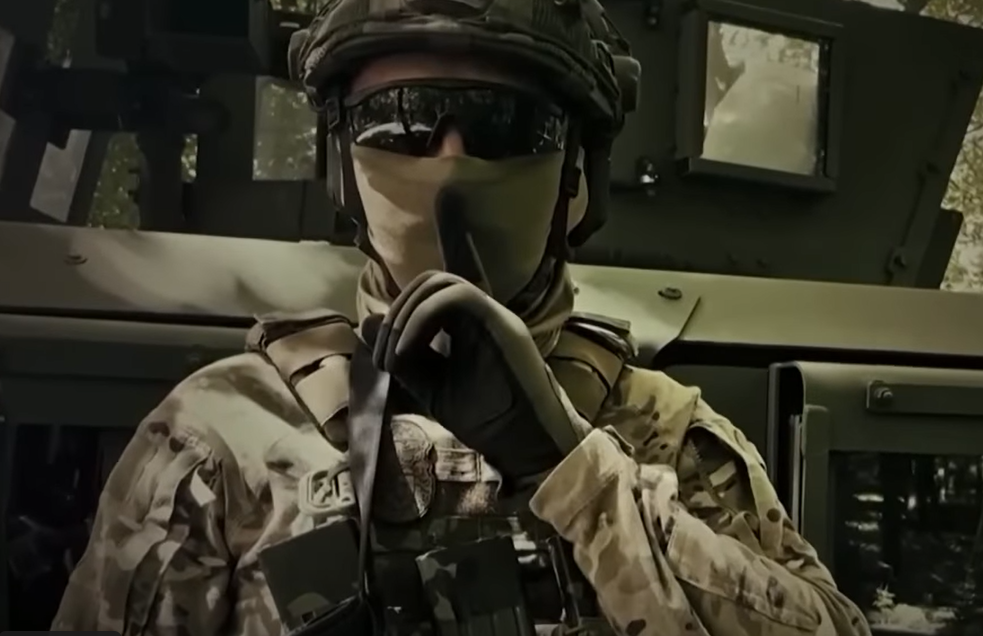So Much for the Silent Counteroffensive
Attack on the Kakhovka dam in Ukraine throws war plans into chaos.

Sign up to unveil the relationship between Wall Street and Washington.
For weeks, Ukraine has prepared for what has been widely billed as its “spring counteroffensive” against Russia in what many had hoped would be Ukraine’s best chance at gaining an upper hand in the Russian invasion.
Western allies have spent billions of dollars shipping weapons systems, ammunition and supplies to Ukraine. Americans have trained thousands of Ukrainians in advanced combined arms tactics with armored fighting vehicles and self-propelled howitzers, along with field and medical skills. Some Ukrainian forces have even been trained to operate Patriot truck-mounted surface-to-air guided missile defense systems – something that requires advanced skills.
Yet the counteroffensive was slow to come amid stubborn wet weather and a laggardly thaw, as Ukraine’s mud season persisted until nearly summer. The ground was difficult to traverse for troops and non-tracked vehicles. One official likened the mud to “soup…you just sort of sink into it.”
Yet Ukraine appeared just hours away from beginning its next phase, urging allies, supporters and the media to refrain from reporting on its movements or potential strategies with a “Plans Love Silence” campaign. It also made clear it would not be announcing the start of the counteroffensive for the same reason.
That all changed with the blowing up of the critical Kakhovka dam and electric plant this week in a Russian-controlled area of southern Ukraine on the front lines of the war.
The dam’s destruction throws the entire conflict into chaos, escalates the war, threatens hundreds of thousands of people, many of whom had to evacuate, and risks Europe’s largest nuclear power plant.
Ukraine quickly blamed Russia for the attack on the dam, which came just as Kyiv’s forces began a new series of attacks across front lines in the east and south of Ukraine in a sign the counteroffensive may have already begun.
The dam’s collapse flooded the war zone of southern Ukraine, leading to the evacuations of entire towns to avert a humanitarian crisis and fears that destruction from the floodwaters of the Dnipro River would lead to an “ecological disaster.”
Officials in Kyiv called it a “terrorist attack,” while Russian officials attempted to downplay it and even blame Ukraine for the destruction. The U.S. government said it had intelligence that seemed to show Russia was behind the attack, but a National Security Council spokesman said Tuesday the U.S. “cannot say conclusively what happened at this point.” The U.S. State Department concurred. Either way, the dam’s collapse likely will have long-term consequences for this war.











